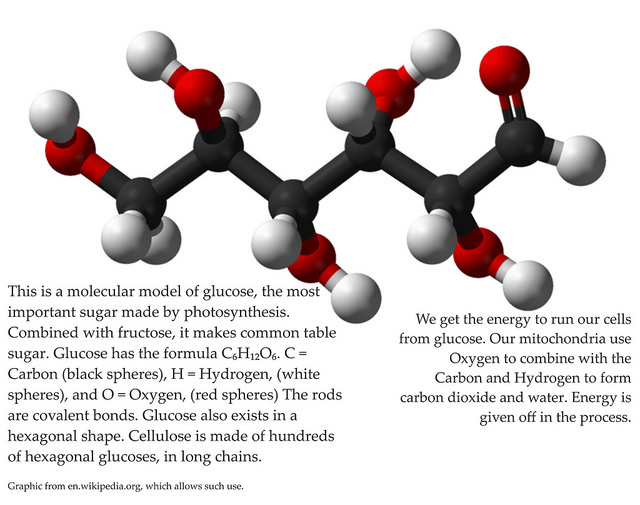Molecules and cells
Molecules and cells
|
Let's see what types of living organisms exist on Earth. |
||
|
ORGANIC COMPOUNDS They are chemical combinations that include carbon, for example, sugar, fats, proteins and nucleic acids. These compounds are found in all living things. |
INORGANIC COMPOUNDS They are chemical combinations which don't contain carbon, for example, water, salt, etc. We can find these compounds in living things or in inert matter. |
|
|
CELLS They are the basic units of every living organism. All cells are made from the same major organic molecules: nucleic acids, proteins, carbohydrates and lipids. Cells have different parts which carry out different vital functions: nutrition, reproduction, interaction. |
PROKARYOTIC CELLS They are primitive cells whose genetic material is dispersed in the cytoplasm because they don't have a nucleus, for example, bacteria. They are single-cell organisms. |
EUKARYOTIC CELLS They are plant or animal cells that have a nucleus and organelles and are enclosed by a plasma membrane, for example, protists, fungi, plants and animals. They may be single-cell organisms such as protists or multicellular organisms such as animals, plants and fungi. |
|
SINGLE-CELL ORGANISM They consist of only one cell which senses the environment, gathers nutrients and reproduces asexually. Amoebas, bacteria and plankton are single-cell organisms. |
MULTICELLULAR ORGANISMS They are made up of many cells which are specialized in different functions. Animals, plants and fungi are multicellular organisms. |

Cell types. Kelvin13. Wikipedia. (Public Domain)
|
Activity 1
Activity 2
Activity 3
Extra activity
| Watch this video about animal cells and answer the questions on the right. | |
|
A typical animal cell. Wisc-online. YouTube. (YouTube standard) |
1. Why are plants and animal cells different? |
| 2. Which are the three main parts of an animal cell? | |
| 3. What is one of the differences between blood cells and liver cells? | |
| 4. Which element is related to muscle contractions? | |
| 5. Where can DNA be found? | |
Licensed under the Creative Commons Attribution Non-commercial Share Alike License 4.0
